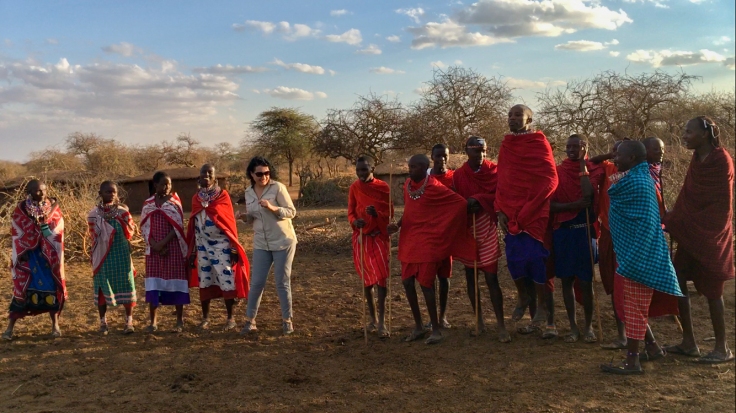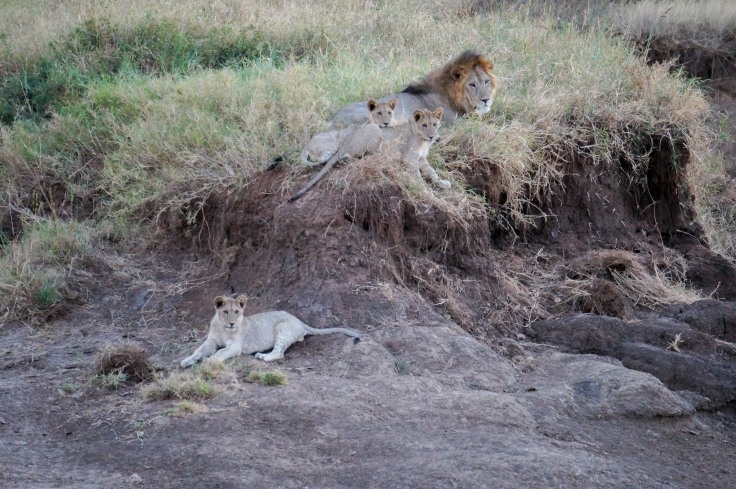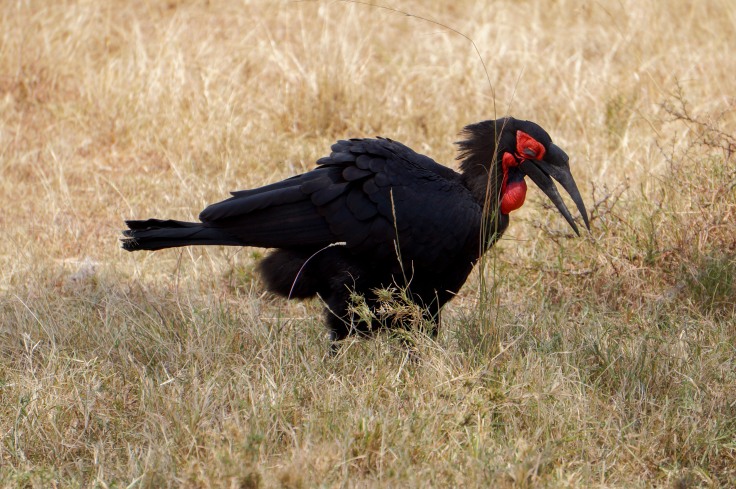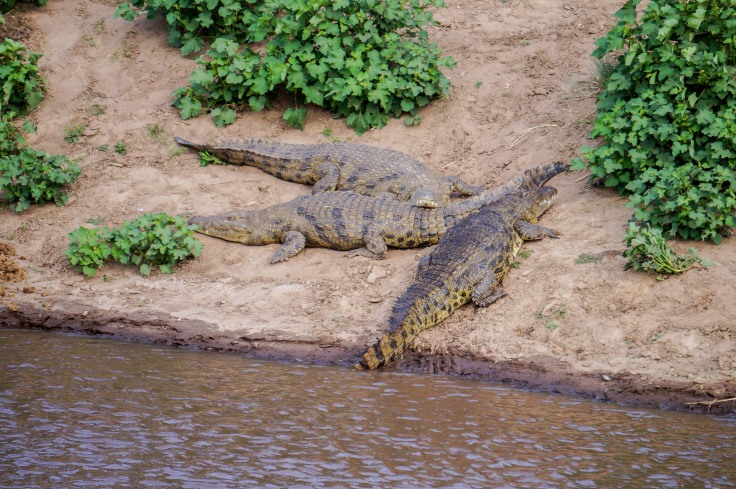It’s been a lifelong dream of mine to visit the heart of Africa and experience wildlife first-hand. Finally, we were able to plan a weeklong safari trip in Kenya at the time of the Great Migration in Maasai Mara. We also opted to spend a few days in the Amboseli / Kilimanjaro region famous for its elephants.





































































Absolutely fabulous, what an experience and well captured.
LikeLiked by 1 person